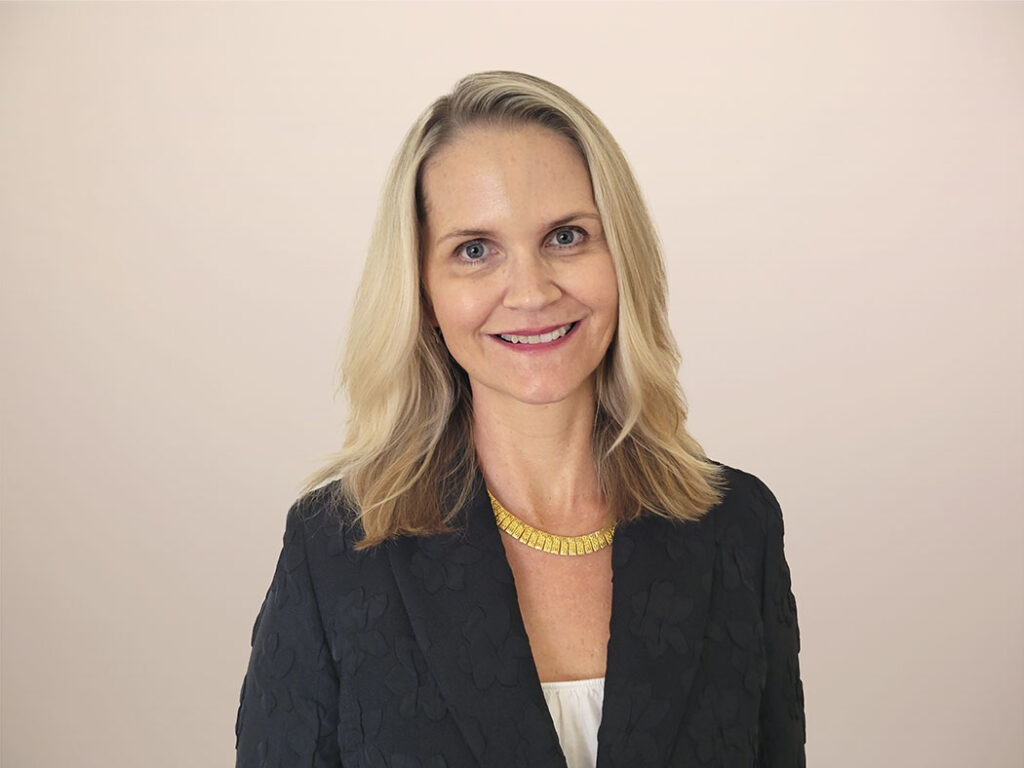How Emerging Companies Can Slingshot to Hypergrowth
- It takes an optimal combination of people, process and technology for an emerging company to achieve hypergrowth (more than 41 percent annual revenue growth)
- Data on the people, process and technologies from companies experiencing hypergrowth can be used to determine that optimal mix
- Use this data to slingshot your emerging company into hypergrowth
According to the U.S. Bureau of Labor Statistics, the number of companies that will surpass $50 million in revenue within the first six years of operation is 494 out of 500,000. That’s a shockingly small success rate! With those kinds of odds stacked against your emerging company, you need the precision and power of a slingshot to take down that proverbial Goliath. But what if you had data to help you emulate what other emerging companies are doing to grow? 
SiriusDecisions has collected benchmark data from thousands of companies that details the current state of the business. I reviewed the benchmark data for all emerging companies earning less than $50 million in revenue and further segmented the data into companies that are growing their annual revenue by less than 20 percent (moderate growth) and compared them to companies growing their annual revenue more than 41 percent (hypergrowth). I then looked at the combinations of people, processes that are in place, the technology being used and these companies’ top challenges across those categories.
Meet the Hypothetical Emerging Companies
It should come as no surprise that the people, processes and technology at moderate-growth companies are quite different than those at hypergrowth companies. Therefore, allow me to introduce ModGrow, Inc. and HyperG, Inc. ModGrow is a $28 million company that was established in 2008 and has a growing annual revenue of less than 20 percent year over year. HyperG is a $24 million company that was established in 2013 and has a growing annual revenue of more than 41 percent year over year. Created from a compilation of trends from our benchmark data, these fictitious companies represent typical emerging companies.
ModGrow: People, Process and Technology
Here are the benchmark data (current state) findings for the people, processes and technologies at ModGrow:
- People. ModGrow manages to run marketing with an average of nine employees. Almost three quarters of the employees are focused on field marketing, product marketing and marketing communications. The primary challenges ModGrow faces are a lack of general marketing knowledge and underdeveloped reporting capabilities.
- Process. ModGrow is primarily focused on adoption of basic processes (e.g. managing the budget process) and is challenged by below-average content creation processes and underdeveloped processes for tracking measurement.
- Technology. ModGrow has core technologies in place, including a marketing automation platform, sales force automation, Web content management, Web analytics and search engine optimization. These companies are leveraging the basic features inherent in the tools, but are challenged with connecting the tools to fully automate the lead management process.
HyperG: People, Process and Technology
Here are the benchmark data (current state) findings for the people, processes and technologies at HyperG:
- People. HyperG manages to run marketing with an average of 13 employees. Sixty-nine percent of the employees are focused on field marketing, marketing communications and corporate communications. The primary challenges HyperG faces are a lack of resources to scale globally and a need for customer marketing resources.
- Process. HyperG is past implementing basic processes and is more focused on processes that better align marketing with other functions (e.g. implementing service-level agreements). The process challenges that affect HyperG relate to getting partners to become more engaged and shifting from a product-centric to an audience-centric approach.
- Technology. HyperG has core technologies in place, but is using agencies/specialists to leverage extended features to get the most value out of its technology purchase. The other noticeable difference is that HyperG is better at leveraging its SEO technology to get more organic inbound traffic. HyperG faces a similar challenge in that not all the technologies are connected for a seamless lead management experience, but it also struggles with integrating customer support tools.
None of this is intended to say that moderate growth is bad! This comparison provides a data-driven roadmap and guidance so you can choose between moderate growth and hypergrowth. If you want to learn about what ModGrow and HyperG plan to do over the next two years and how to function like either of those companies, please join my colleague Jessie Johnson and me at the SiriusDecisions 2017 Technology Exchange at JW Marriott in Austin from October 30 through November 1.
